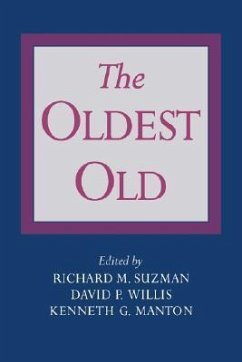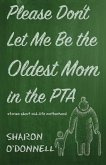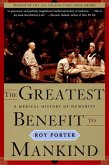Those aged 85 and more are currently the fastest growing age group in the US population. This is so new a phenomenon that there is little historical experience to help in interpreting it. Not only are the old living longer, but they are also growing older in markedly different ways from their predecessors. This book represents the first thorough analysis of the qualitative, as well as the quantitative changes in our ageing society. This book is a comprehensive compendium of current knowledge and a methodologic guide to assessing future findings.
More than 2.3 million Americans are now age 85 and older, and the population total in this age group is steadily expanding. This book brings together leading researchers to review current knowledge about the demography, health, epidemiology and social status of the oldest old. From discussions of the impact of Alzheimer's disease to an examination of changing social and medical policies, this book provides much needed information about this often neglected but growing group.The special problems attendant to information gathering among the oldest old, such as interviews and research, are also addressed. Special intercultural perspectives inform chapters on "The Black Oldest Old," and "Institutional Long-term Care from an International Perspective." This is essential reading for gerontologists, public health professionals, epidemiologists, and policy makers. The book's broad scope enlarges our understanding of the current needs of the oldest old, and indicates areas of public concern.
Hinweis: Dieser Artikel kann nur an eine deutsche Lieferadresse ausgeliefert werden.
More than 2.3 million Americans are now age 85 and older, and the population total in this age group is steadily expanding. This book brings together leading researchers to review current knowledge about the demography, health, epidemiology and social status of the oldest old. From discussions of the impact of Alzheimer's disease to an examination of changing social and medical policies, this book provides much needed information about this often neglected but growing group.The special problems attendant to information gathering among the oldest old, such as interviews and research, are also addressed. Special intercultural perspectives inform chapters on "The Black Oldest Old," and "Institutional Long-term Care from an International Perspective." This is essential reading for gerontologists, public health professionals, epidemiologists, and policy makers. The book's broad scope enlarges our understanding of the current needs of the oldest old, and indicates areas of public concern.
Hinweis: Dieser Artikel kann nur an eine deutsche Lieferadresse ausgeliefert werden.









